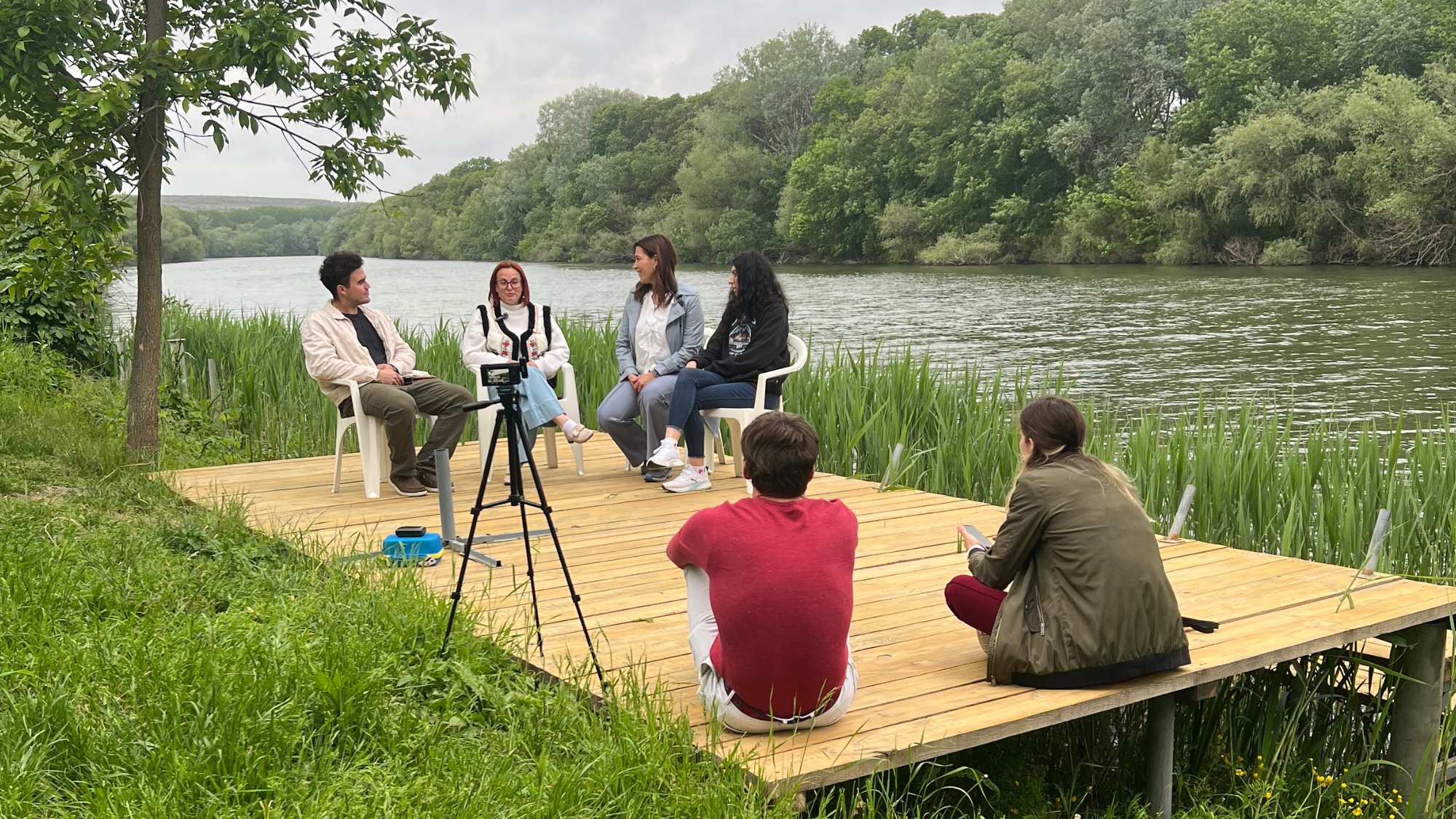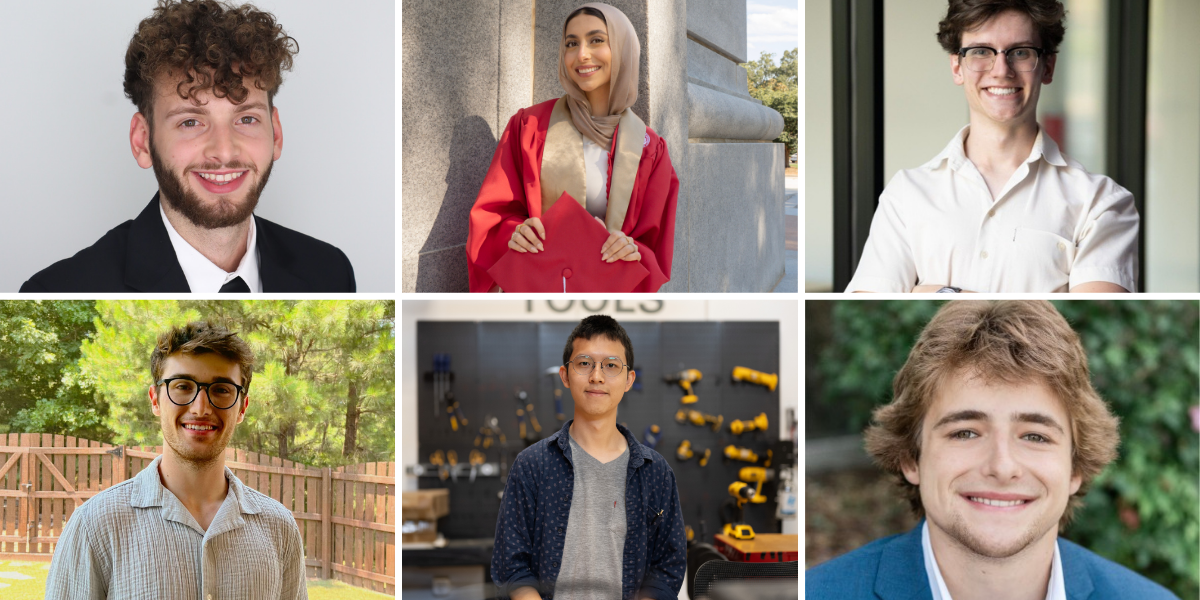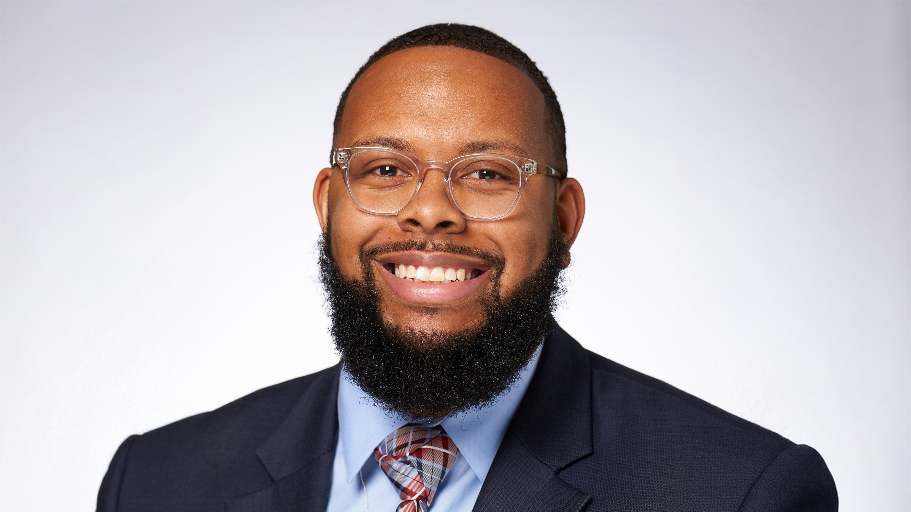Students Broaden Perspectives Through MSA Cultural Immersion Trip
Over spring break, NC State’s Multicultural Student Affairs (MSA) program brought several students - include Poole students Mahdiya Ahsan and Morgan Thorpe - on a cultural immersion trip to Washington, D.C.

Over this year’s spring break, NC State’s Multicultural Student Affairs (MSA) program gave several students a chance to broaden their horizons with a cultural immersion trip to Washington, D.C.
This journey to the nation’s capital allowed these students to experience and learn more about both the United States and several unique cultures, with the trip including visits to all of the national monuments, including the American History Museum, National Museum of African American History and the Native American Museum.

“We wanted it to be something like an Alternative Service Break trip, but more so have a central focus on engaging our students and encouraging them to become more culturally aware leaders,” said MSA Assistant Director Trevis Belle. “So that went into the details of what the itinerary would look like, what the agenda would look like, which specific places we were going to visit, how we were going to curate those reflection questions and things along those lines. We wanted to see what could aid in that cultural reflection process for the students.”
For some of the students, this trip was their first time visiting Washington, D.C.
Paul Evans-Robinson, a first-year student in the Exploratory Studies program, called it an eye-opening experience.
“I’ve never been to D.C., so being able to go to the Metro Station, see all the monuments, see the White House, see all that stuff up front is really cool,” Evans-Robinson said. “It’s a big deal, because these are our national monuments, and we’re in the capital of America, too. This is where history is held.”
Mahdiya Ahsan, a first-year student studying business analytics, appreciated the ability for students to navigate the museums at their own pace, allowing them to really take in and absorb what they were learning.

“It gave me a lot more perspective on the topics that were involved in the museum, like there were a lot of things that we were taught from history classes in high school, but it was taught from one standard perspective,” Ashan said. “So getting to these museums showed me more perspectives on these topics, and made me understand that there’s always two or more sides or perspectives. As a student, it made me more aware of looking at some different points of view whenever I’m assessing a problem.”
Even for students who grew up near D.C. and visited the city many times, such as Morgan Thorpe, a first-year economics student, the trip was an opportunity to experience the city in a new way.
Thorpe said that the Native American Museum in particular, a place she hadn’t visited before, allowed her to learn perspectives she previously hadn’t considered.
“It was a lovely experience,” Thorpe said. “The museum that I learned the most from was the Native American Museum, so I got to learn how there’s a lot of different perspectives. Now I get to learn more about the land that I’m actually on, and how that contributes to history.”

At the end of the trip, the students participated in reflection questions and discussions about their experience, and how to carry the cultural lessons they learned forward in their studies.
The cultural immersion trip dovetails with the mission of MSA’s Multicultural Leadership Challenge, which focuses on teaching students how to be more culturally aware leaders.
“We look at it as a transformative experience, especially if they were a part of the Multicultural Leadership Challenge,” Belle said. “The stuff that they’re actually learning in those workshops, some of the students said they could definitely see how it’s applicable to this cultural immersion trip. In those conversations that we’re having during reflection time, they’re remembering these things and how they can apply to their experiences. It also allowed them to think about their cultural identity and how that shapes who they are as a leader, well-known historical figures throughout time, seeing how their identity shaped some of their leadership and seeing themselves in these historical figures as well, really allowed me to feel happy, because we’re engaging them in the leadership challenge, and it has a place in their real-world experiences.”
This post was originally published in DASA.
- Categories:


